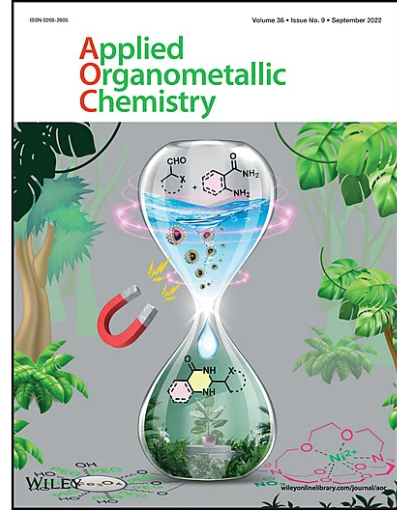A Strategy for Increasing Singlet Oxygen Quantum Yield for Water-Soluble Distyryl-BODIPY Derivative
Abstract
The combined use of synergistic therapies in photodynamic therapy has recently gained significance for achieving more effective outcomes. In recent years, ultrasound-assisted PDT applications have begun to be investigated in phthalocyanine and BODIPY derivative compounds. BODIPY compounds stand out with their adjustable photophysical and photochemical properties, chemical purity, and singlet oxygen generation capacity. Enhancing singlet oxygen production by BODIPY through the application of ultrasound appears to be a promising avenue for advancing this treatment method. In this context, exploring the potential of sonophotochemical properties is of particular interest. The limited SPDT applications of BODIPY derivative compounds increase the importance of investigating the sonophotochemical properties of the compounds. Therefore, a new water-soluble distyryl-type BODIPY fluorophore having phenyl ring substituted with a 4-dibenzothienyl group at meso-position and iodines as heavy atom at 2- and 6-positions has been synthesized successfully. The singlet oxygen production capacities of all intermediates and target product were evaluated by both photochemically and sonophotochemically. It was noticed that the singlet oxygen quantum yield increased remarkably with the combined use of light and ultrasound in the excitation of the compounds.

 求助内容:
求助内容: 应助结果提醒方式:
应助结果提醒方式:


